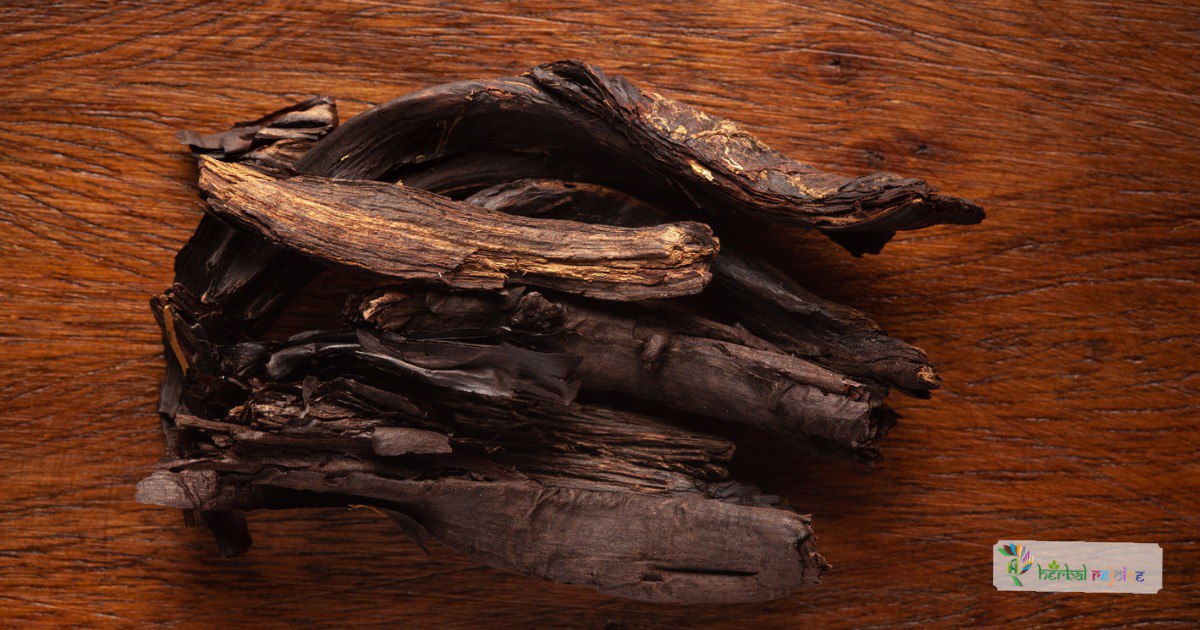Introduction:
Alkanna tinctoria, commonly known as Alkanet, Dyers’ or Spanish Bugloss, is an intriguing plant belonging to the Boraginaceae family. Alkanet contains anti-inflammatory, antimicrobial and wound-healing properties. It helps in management of indolent ulcers and erysipelas.
In this comprehensive guide, we will explore the English and scientific names, habitat, traditional uses, and medicinal properties of Alkanna tinctoria. By understanding its diverse attributes, we can uncover the potential health benefits it offers and its significance in traditional medicine practices.
Names and Habitat Of Alkanet
Alkanet, scientifically known as Alkanna tinctoria, is also referred to as Dyers’ or Spanish Bugloss in English. In Unani medicine, it is known as Ratanjot. It is worth noting that the National Formulary of Unani Medicine equates Ratanjot with Onosma echioides Linn., a plant found in Kashmir and Kumaon.
In Siddha/Tamil tradition, it is referred to as Ratthapaalai, Surulpattai, or Dineshavalli. Alkanna tinctoria is cultivated in Central and Southern Europe.
Traditional Uses and Benefits Of Alkanet
Alkanna tinctoria has a long history of traditional use and is recognized for various health benefits.
1. Astringent and Antimicrobial Properties:
Alkanet is valued for its astringent and antimicrobial properties, making it useful in the treatment of indolent ulcers, wounds, and erysipelas.
Chemical Composition:
Alkanna tinctoria contains several compounds that contribute to its medicinal properties.
1. Alkannins:
The root of Alkanna tinctoria contains up to 5% alkannins, which are lipophilic isohexenylnaphthazarin red pigments. These alkannins have demonstrated antimicrobial and wound-healing properties. Studies have shown their effectiveness in treating indolent ulcers. Additionally, these compounds have been found to be non-toxic in mice.
2. Additional Components:
Apart from alkannins, the root of Alkanna tinctoria also contains tannins and wax. Furthermore, a pyrrolizidine alkaloid, which is hepatotoxic, has been isolated from the herb. These compounds may contribute to the overall therapeutic effects of the plant but require further research.

Traditional Applications Of Alkanet
Alkanna tinctoria has been traditionally used for various therapeutic applications.
1. Treatment of Indolent Ulcers:
The alkannins found in Alkanna tinctoria have shown efficacy in treating indolent ulcers. Traditional applications of this plant involve utilizing its antimicrobial and wound-healing properties for the management of these ulcers.
Conclusion:
Alkanna tinctoria, commonly known as Alkanet, offers numerous traditional medicinal benefits. With its astringent and antimicrobial properties, it makes a valuable natural remedy for indolent ulcers, wounds, and erysipelas.
The presence of alkannins and other compounds contributes to its potential therapeutic effects. However, further scientific research is necessary to validate these traditional uses and explore the full potential of Alkanna tinctoria in modern medicine.
By understanding the healing properties of this plant, individuals can explore alternative options for their health and well-being.
Frequently Asked Questions(FAQs)
What is Alkanna tinctoria commonly known as?
Alkanna tinctoria is commonly known as Alkanet, Dyers’ Bugloss, or Spanish Bugloss.
What is the scientific name of Alkanet?
The scientific name of Alkanet is Alkanna tinctoria.
Where is Alkanna tinctoria cultivated?
Alkanna tinctoria is cultivated in Central and Southern Europe.
What are the traditional names of Alkanna tinctoria in English?
Alkanna tinctoria is also referred to as Dyers’ Bugloss or Spanish Bugloss in English.
What are the traditional names of Alkanna tinctoria in Unani medicine?
In Unani medicine, Alkanna tinctoria is known as Ratanjot.
What are the astringent properties of Alkanna tinctoria?
Alkanet is valued for its astringent properties, making it useful in the treatment of indolent ulcers, wounds, and erysipelas.
Does Alkanna tinctoria have antimicrobial properties?
Yes, Alkanna tinctoria has antimicrobial properties, which contribute to its traditional use in treating various conditions.
What are alkannins?
Alkannins are lipophilic isohexenylnaphthazarin red pigments found in the root of Alkanna tinctoria. They possess antimicrobial and wound-healing properties.
How do alkannins contribute to the therapeutic effects of Alkanna tinctoria?
Alkannins found in the root of Alkanna tinctoria have demonstrated antimicrobial and wound-healing properties, making them valuable for treating indolent ulcers and wounds.
Are alkannins toxic?
Studies have shown that alkannins found in Alkanna tinctoria are non-toxic in mice.
Besides alkannins, what other components are found in Alkanna tinctoria?
Apart from alkannins, the root of Alkanna tinctoria contains tannins and wax.
Is Alkanna tinctoria hepatotoxic?
Alkanna tinctoria contains a pyrrolizidine alkaloid, which is hepatotoxic. Further research is needed to explore the effects of this compound.
Can Alkanna tinctoria be used topically?
Yes, Alkanna tinctoria can be used topically to treat indolent ulcers, wounds, and erysipelas due to its antimicrobial and wound-healing properties.
Are there any side effects associated with Alkanna tinctoria?
While Alkanna tinctoria has traditional uses, it is advisable to consult with a healthcare professional before using it to avoid potential side effects.
Can Alkanna tinctoria be used alongside other medications?
Consultation with a healthcare professional is recommended before using Alkanna tinctoria alongside other medications to ensure there are no potential interactions.
Where can I find products containing Alkanna tinctoria?
You can find products containing Alkanna tinctoria in health stores, herbal shops, and online platforms specializing in natural remedies.
Can I grow Alkanna tinctoria in my garden?
Alkanna tinctoria can be grown in suitable garden conditions. Guidance from plant cultivation experts is recommended for optimal results.
Are there any regulations on Alkanna tinctoria?
Regulations regarding Alkanna tinctoria may vary depending on the country or region. It is advisable to check local regulations or consult with relevant authorities.
Can Alkanna tinctoria be used for dyeing purposes?
Yes, Alkanna tinctoria has historically been used as a natural dye for fabrics and cosmetics.
Does scientific research support the traditional uses of Alkanna tinctoria?
While Alkanna tinctoria has a long history of traditional use, further scientific research is required to validate its traditional uses and explore its potential applications in modern medicine.


